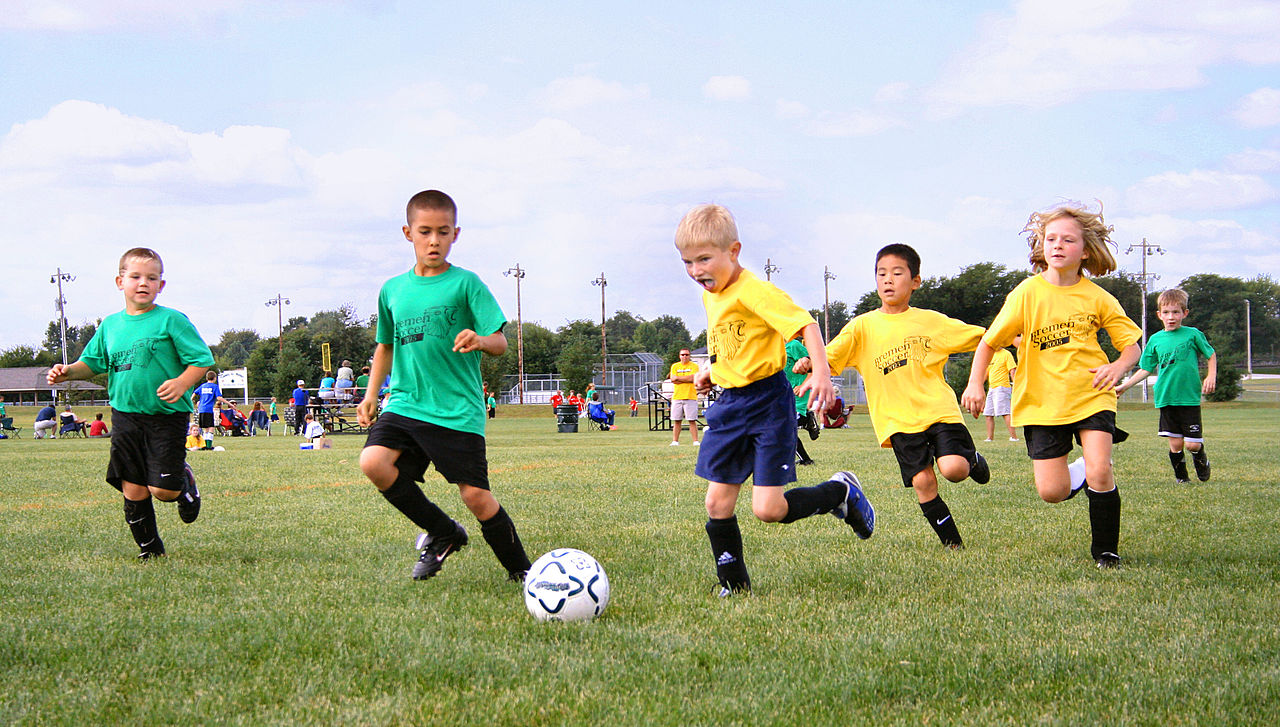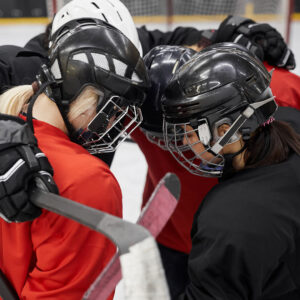Should you put your child in hockey all year round to develop him/her, or put them in multiple different sports?
As hockey is growing and becoming more and more skilled, the competition between younger athletes to make it to the next level (whether that’s the travel team in your town or city or junior hockey) is definitely increasing. As parents, we are always looking for better ways to give our child the upper hand on other players, however, what is the best way to develop a young hockey player?
The debate about hockey specific training rather than full athlete development needs to be made. As a parent, how can you get your child best prepared for that next level, and is there an adherent benefit to one over the other? Here is a brief summary on why developing a young athlete through multiple sports may be the best way to help your child.
Multi-Sport Athlete Development
As many parents do with their little ones, we start our kid’s extracurricular activities by registering them in multiple sports, mainly to get them out, active, in a social setting and see if any interest takes off. Whether that’s hockey, soccer, baseball or football, they’re all fantastic ways to introduce sport to our children.
In 2019 and 2020 we’ve seen more hockey specific camps, programs and leagues than ever before; but not only available from September to April, but now throughout the spring and summer. This seems like a great opportunity to stick to the rink and continue to push the young athlete to work on hockey-related skills, in an effort to be at another level that following hockey season. With that being said, the child may be missing out on some growth opportunities they would otherwise get through other sports in the offseason.
Now let’s think of the fundamentals other sports can bring to a hockey players growth. Soccer for instance develops long distance cardio, some would say isn’t always provided in hockey, which is a game of quick, hard shifts averaging 45 seconds. Additionally, the foot eye coordination translates to simple plays in hockey when playing the puck from your skates to your stick or out from board play.
Sports like lacrosse and floorball develop hand eye coordination and stick handling just as hockey does, but also their awareness around the floor and play in tight spaces. The importance of this is not only are they still developing the skills highlighted in hockey, but the child is experiencing a new sport and can take small aspects of these sports and incorporate into their hockey play.
A new study from the Penn State College of Medicine polled 91 professional, NCAA Division I and III hockey players about their sports history. “After analyzing the data, the researchers found that the mean age of beginning any sport was 4.5 years, and the mean age of specializing in ice hockey was 14.3 years. Only 12 percent of the athletes specialized in their sport before 12 years of age. Most of the athletes played two to four sports as children, with soccer and baseball being the most popular in addition to hockey. The mean age of specializing in ice hockey—around 14—was consistent across professional, NCAA Division I and NCAA Division III players.”
Some National Hockey League (NHL) notables who have split time growing up playing two sports include John Tavares (lacrosse), David Pastrnak (soccer) and Elias Pettersson (floorball), all which credit their offseason sports in helping with their current production in the NHL.
In an interview with The Hockey News writer Ryan Kennedy, Trevor Timmins, assistant GM with the Montreal Canadiens expressed his desire for athletes with diverse backgrounds when drafting players.
“That’s something that we’re not instilling in today’s young children,” Timmins said. “There’s too much hockey: spring hockey, summer hockey. If children can develop athleticism, it goes a long way to eventually becoming a hockey player. There are a lot of things in other sports – golf, tennis, soccer – that would help them become better hockey players in the future, becoming well-rounded athletes.”
There’s no golden rule to developing young athletes or hockey players in this instance, but there might be an advantage to developing kids as athletes and not just hockey players.
Let us know what you think, what do you find works best for your child?



